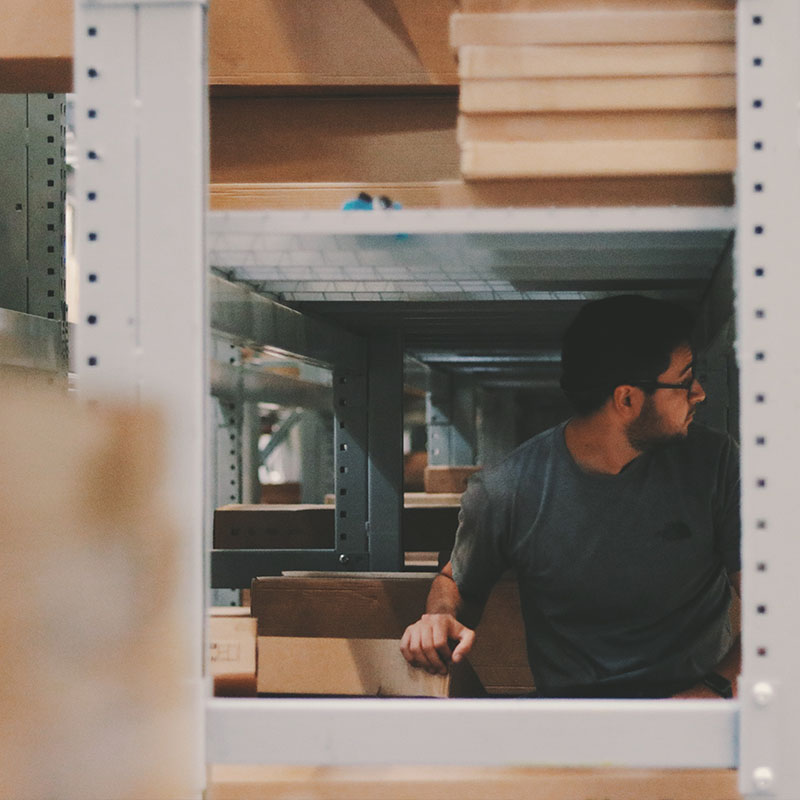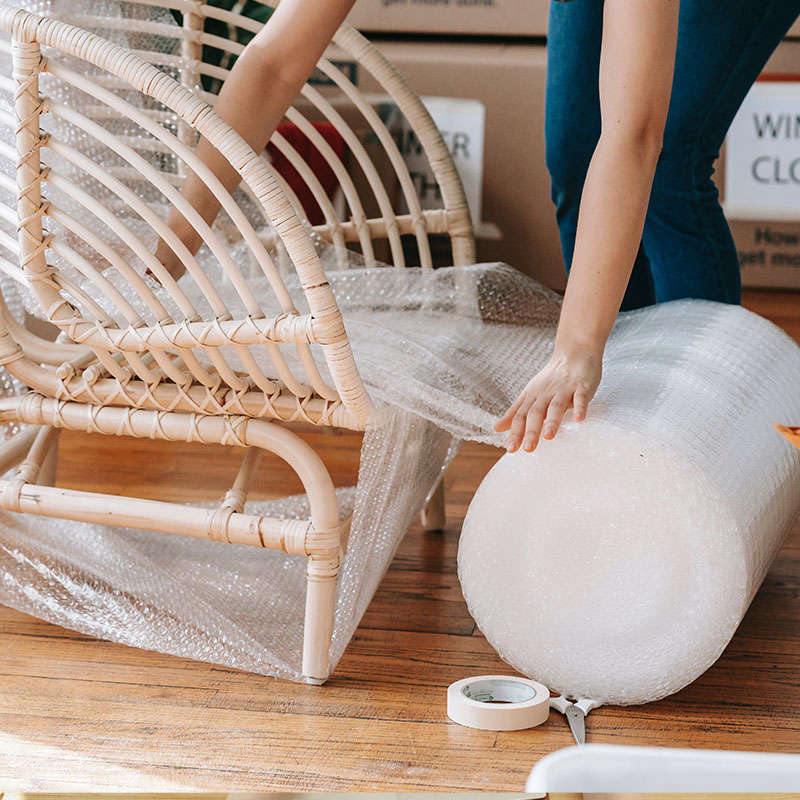The Impact of COVID-19 on the Supply Chain

Life as we know it is drastically different than it used to be. The pandemic has impacted so many of the things we encounter in our day-to-day life. Some of these things are widely discussed – often a bit too much – but what isn’t talked about is the decrease of inventory in the furniture industry. Typical small talk used to include topics like the weather and sports, however, for the past year, the focus has been based around one topic: COVID-19.
What’s Changed?

Since March 2020, we’ve all experienced the world turning upside down. From masks and face shields, to working from home and social distancing, everyone’s heard more than enough about those topics. However, how much have you truly learned about the impacts that businesses have faced during this time and what is causing them. What is less spoken about is the current issues that occur once you decide to purchase something from a business. Why are the stores you love having a tough time getting inventory on products for your increasingly occupied and utilized home?
The Impact

The pandemic has had a huge impact on the supply chain, especially in the furniture industry. Both big and small businesses have been greatly affected, and as a result, customers are as well. Understanding why this is happening is an important part of learning the ways that the virus has changed your world. Not only are we dealing with a decrease in supply of items, but also an increase in demand.
Why Did This Happen?
When COVID-19 initially hit, businesses tried to reduce their purchase orders. The thinking was if businesses were unable to be open, then they would not be able to sell the products that they were receiving. If a company bought too many products and was unable to be open to sell them, they could run out of room to store those products. Globally, companies as a whole backed off on purchasing during this time. But what nobody saw coming, especially in the furniture industry, was while people like us were staying home, the need for new furniture would increase.
Cause

You may be thinking that this cause and effect is obvious, and in hindsight, it is. However, this “uncertain time” was uncharted territory. You, along with many others, may have started working from home. Your weekend plans, especially in the colder months, likely revolved around staying home because there was nowhere to go safely. It’s difficult to anticipate the outcome of such a large-scale impact when there’s nothing to use as a comparison.
Packaging

One of the most important, yet rarely publicized, issues affecting the furniture industry involves foam. When the pandemic hit, the demand for masks shot through the roof. The material used in foam was also required in the production of single use masks. Masks took priority over foam production, causing a shortage of the packaging materials necessary to ship products from manufacturers to businesses, as well as from the businesses to customers.
Product Production

Not only was the foam crisis wrecking havoc across the business world, but product production was also grinding to a halt due to factory closures. It was unsafe for workers to be in close proximity to one another while working, so they were unable to manufacture products to be sold in the future. Many companies are only able to stay open as long as they have the product to be open. For example, if a factory only has one fourth of their typical amount of foam, then they can only produce a fourth of their typical output.
Present Day

The buyers for companies are facing the brunt of this issue. Lead time on buyer purchased products prior to the pandemic ranged from 30 to 45 days, however, that time frame now ranges anywhere from five to nine months. This has greatly challenged buyers to evaluate what demand will be in the future. Instead of predicting demand for the next month, they’re often having to predict what trends will occur next year! Instead of having set dates to give customers like buyers used to, dates are now seen as approximations that are subject to change as more information is received.
Where Do We Go from Here?
While everyone is working hard to get the supply chain back on track, solving the issues brought about by COVID-19 is not a quick fix. Patience will serve you well while things continue to go back to normal. From those supplying products and materials to those buying them, nobody is at fault for the delays that are encountered. Just remember that the business you are supporting is working hard to make you happy and get you the products you want. With so many moving parts throughout so many supply chains and industries, there’s still a long way to go. However, we are optimistic that the challenges businesses have faced over the past year will continue to improve and move in a better direction!
Related Articles

Homemakers Guide to Black Friday Shopping

Homemakers Celebrates Showroom Grand Opening!

